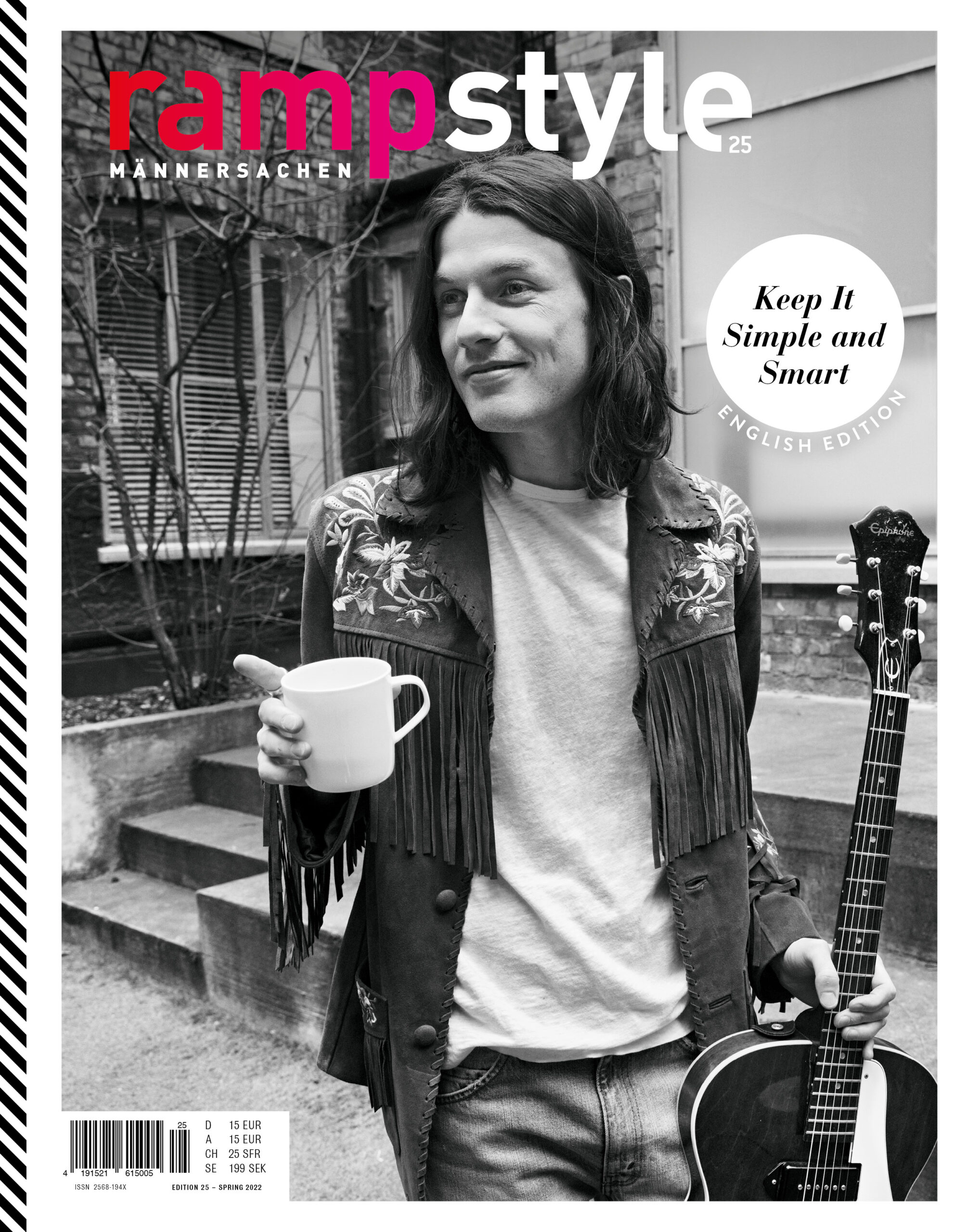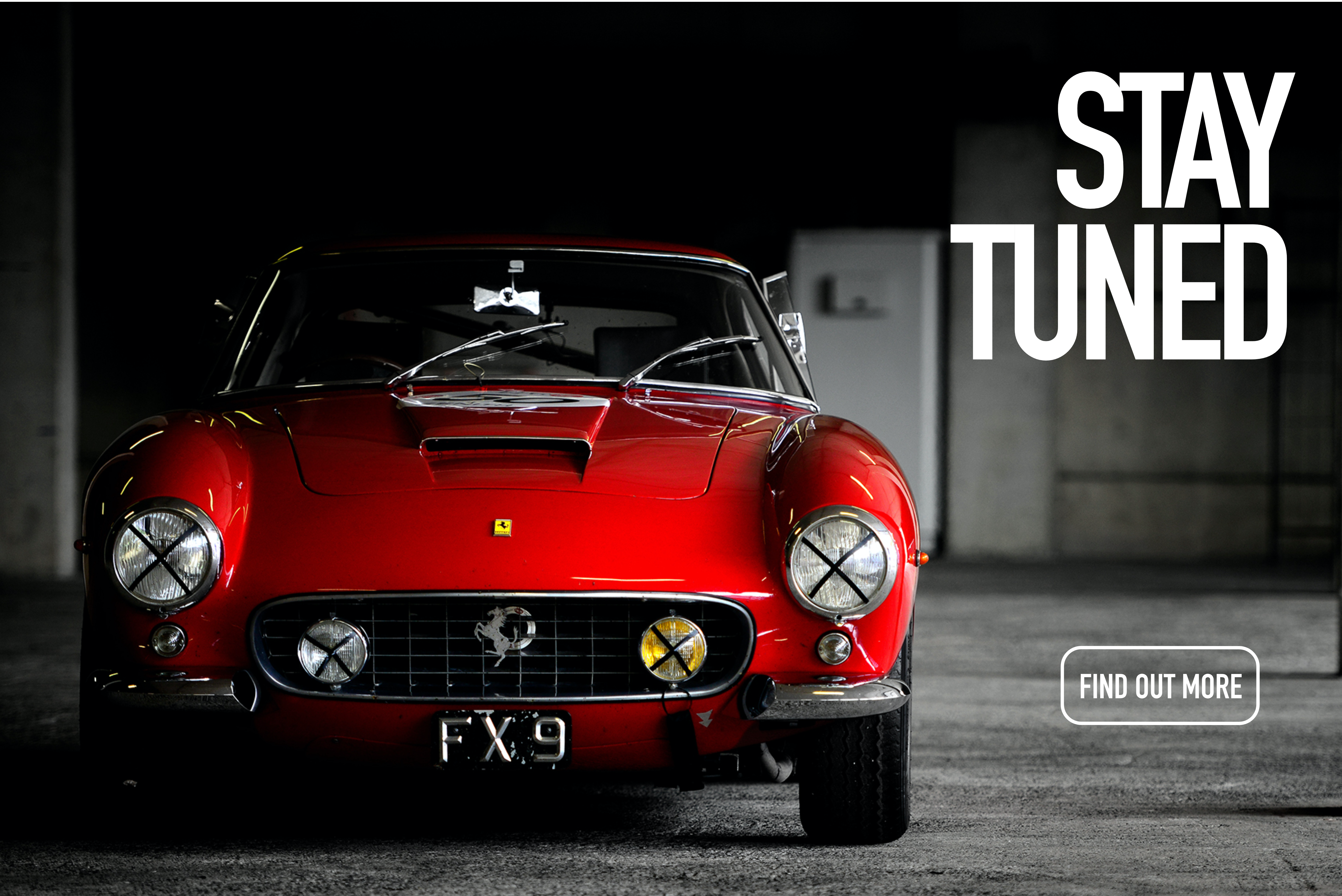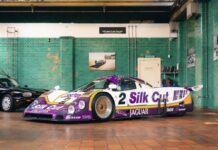Who could resist a car like this? It’s simply irresistible. Completely on purpose, of course. After all, the ID. Buzz is the electric heir to the T1. It just wants to be loved. We spoke with Jozef Kabaň, Head of Volkswagen Design, about his charismatic and appealing new creation.

When we first see an ID. Buzz, what should the immediate message be?
The main point for us was to incorporate the values of the T1, the original VW Bus. A simple and clear design, with a friendly and approachable appeal.
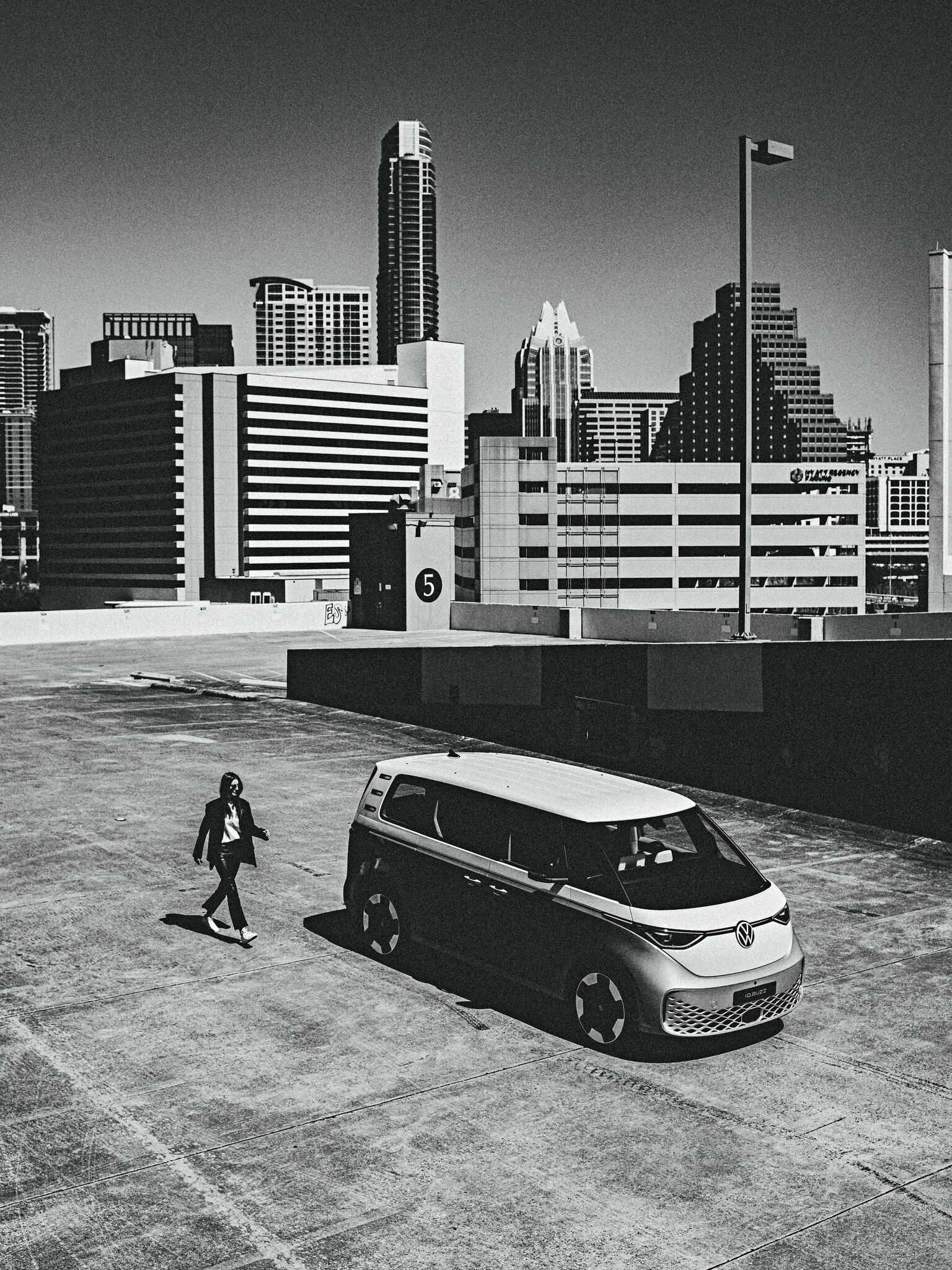
Is it supposed to be retro? Or is it the future?
Both. The ID. Buzz transports the T1’s genes into the age of electromobility, digitalization and sustainability. Just like the T1 in the 1950s, the Buzz has all the right answers for its time. The strength of the vehicle’s charisma is not only product style, but also lifestyle. It speaks to you!
How do you design personality?
The ID. Buzz has a clear and strong design. It is timeless, sustainable and yet extremely functional – which gives it a unique personality.
It feels like we’ve known the ID. Buzz for twenty years now, ever since the 2001 Microbus and other concepts. How has the design developed over the years?
The vehicle has matured, like a fine wine. Now comes the moment of indulgence and the satisfaction that people will be able to share this joy with us.
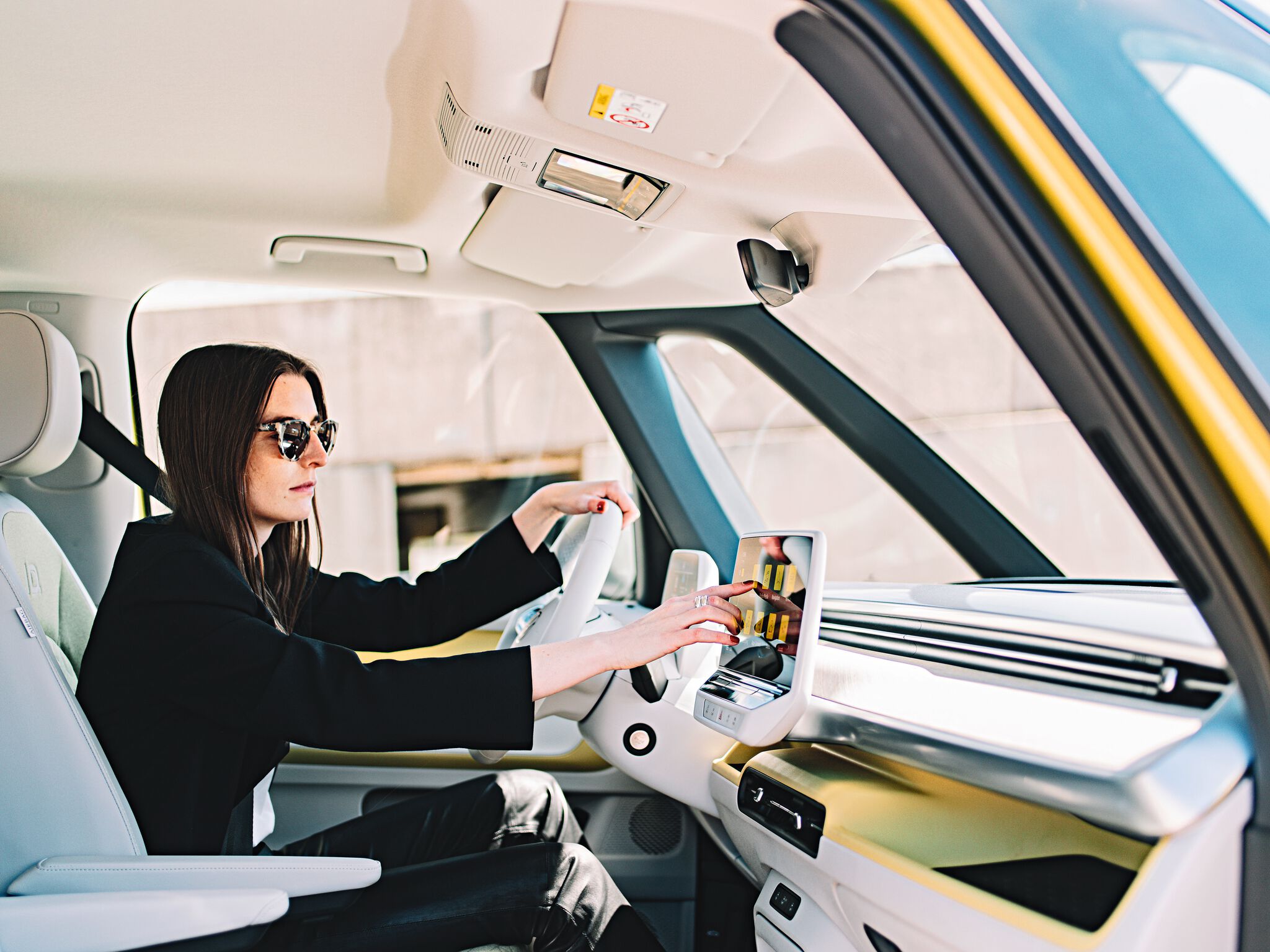
What is so special about the ID. Buzz?
The ID. Buzz is unique. Its eyes, its charisma, its grace . . . See for yourself: there is so much that makes this car special.
Which detail is your favorite? You once mentioned several design Easter Eggs. Is it worth it to go looking for them in the ID. Buzz?
The Easter Eggs symbolize the special love for the product. And if you go looking for them, you will always find something special.
What role do the colors play?
A special feature is that we applied a uniform color concept on the interior and exterior. The colors emphasize its liveliness, its feel-good character. This becomes very exciting with two-tone paint finishes, which support this character even more.
How exactly do you pronounce ID. Buzz?
Just the way it’s written. There’s a nice double meaning, of course. On the one hand, it sounds like “bus”, which refers to the original microbus – a car that only VW could build, because there’s just one VW Bus. And then, obviously, “buzz” stands for the buzzing sound of an electric motor.

What does the ID. Buzz tell us about Volkswagen as a brand?
The ID. Buzz stands for our guiding values: timeless, innovative, logical and intuitive, sensual and likeable – which altogether makes for a very approachable car! A car that puts the focus on the customer, that fits perfectly into our lives. And that is not only sustainable but also makes innovations more accessible to people.
As chief designer, how do you shape the design and perception of the Volkswagen brand?
I think attitude and personality are important. The result is a new mindset, but without breaking with our tradition of quality. The design is reduced to the essentials. At the same time, it defines a new connection between the car and people. The future will be about combining timeless design, sustainable materials and fully digital features. In this way, the cars will always remain fresh and up to date.
What constitutes good design?
Good design resonates, it speaks to people, it enriches their lives. Like a good book that carries you along. A perfect symbiosis of function and aesthetics.
Which sorts of objects embody good design for you?
Objects that evoke an emotional response even years later, objects that give the buyer a feeling of always being up to date and of having purchased something of lasting value. A well-designed object should be understandable to the beholder and it should appeal to people’s senses. Aesthetics and innovation also play an important role here.
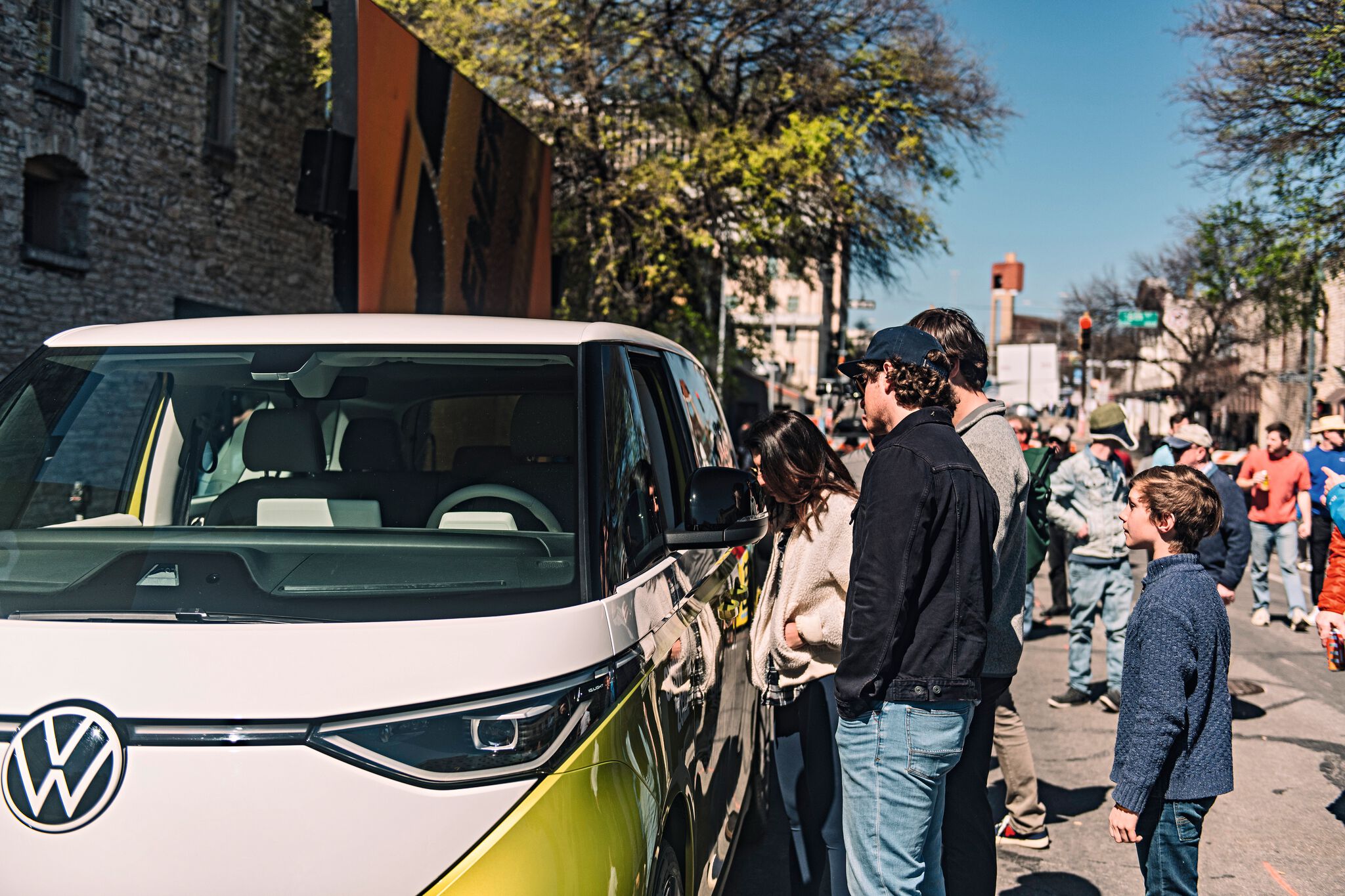
Does good design have to have mass appeal?
That is in the eye of the beholder. Good design often becomes a sculpture, a monument or status symbol – in these cases the design shouldn’t even have mass appeal. It can express individuality, but also solidarity, in which case it immediately has mass appeal.
Is there such a thing as universally valid design?
If you ask me, no. Design is also about polarizing, about engaging with a product, about evaluating it for yourself. We need to work on designing products that are durable, sustainable, and provide an outstanding experience for our customers. On the road, but not only there.
How do you recognize good taste?
Two quotes come to mind. The first is from Oscar Wilde, who said: “I’m a man of simple tastes. I’m always satisfied with the best.” The second is from Immanuel Kant: “There is no disputing about taste.” I think there is truth in both.
How important is design for premium and luxury brands? Will design become even more relevant in general?
Here many different factors come into play: the genes of the brand, the choice of materials, the value and functionality, as well as the purchasing power. There will have to be products in every niche.
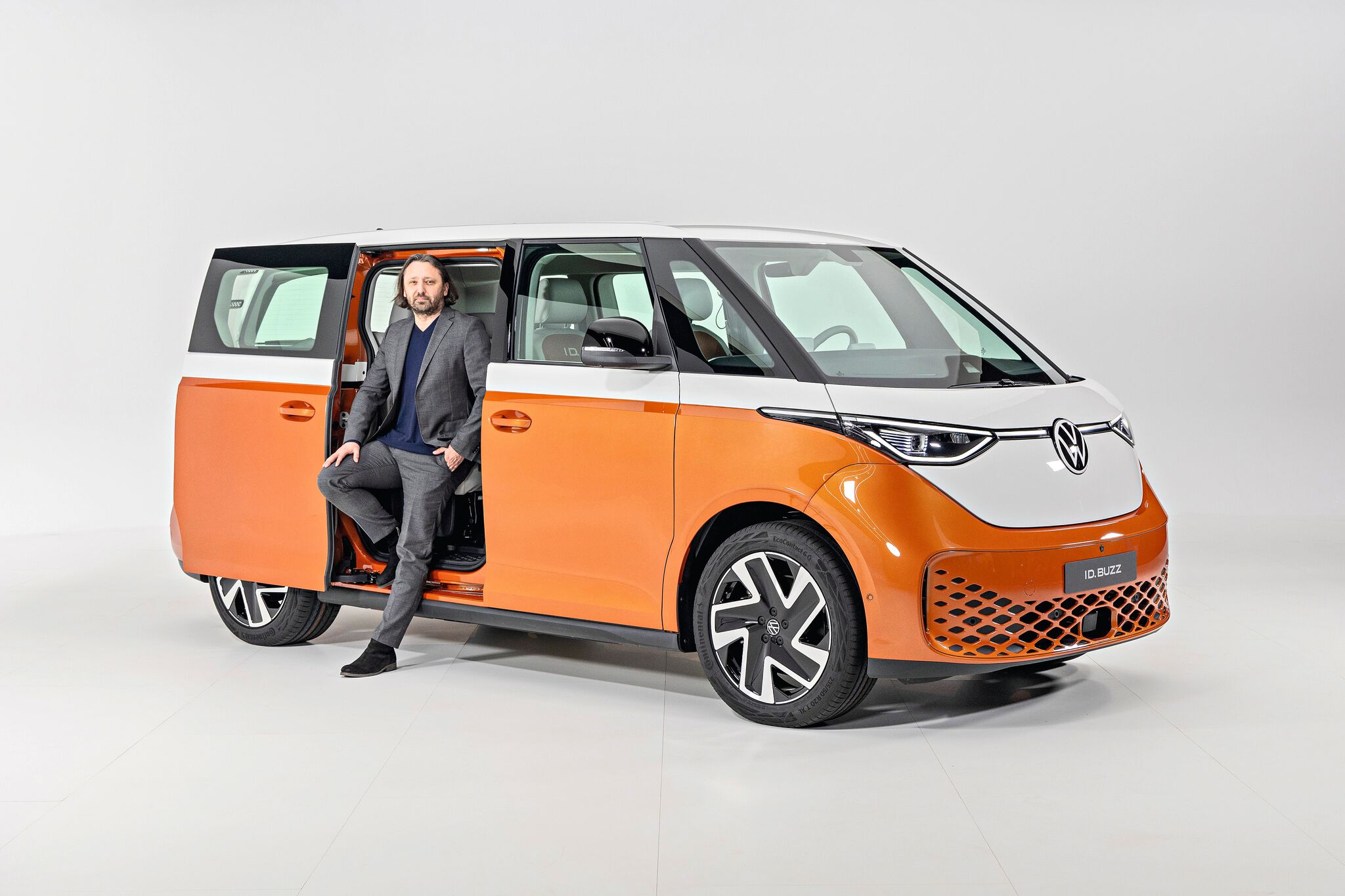
You once said, “Getting a car on the road is hard work.”
The process of creating a vehicle is very complex. Lots of different innovations, creativity, goals and expectations come together in such a way that the end result is an uncompromising, inspiring product. It is an enormous achievement by the entire company.
Which clichés about designers are true, which are false?
That designers wear only black is a cliché, but it’s false. What that means is that designers have a basic need for aesthetics. And that is true.
What will become of the car?
Our vehicles show that the evolution of the automobile is not only to be found in electrification, but also in an innovative new design that thinks beyond the car as a mere means of transport and expands the living space for our customers.
And what’s next in terms of design?
In the past, our cars grew bigger and heavier from generation to generation, with new features being added all the time. In the future, a focus will be on leaving things out. The space gained thanks to the new powertrain technology and intelligence allow us to view the car as a new living space, always fresh and contemporary.
Jozef Kabaň started his career at Volkswagen in 1993 after completing his studies at the Academy of Fine Arts and Design in Bratislava and the Royal College of Art in London. In 2003 he moved to Audi and later served as head of design for Škoda, BMW and Rolls-Royce. Kabaň took over as Head of Volkswagen Design in 2020.
Read all about it in rampstyle #25, entitled “Keep It Simple and Smart”.
We tend to experience our world as not only somewhat complicated, but also extremely complex. And while complicated systems offer themselves to our understanding through clearly defined connections of individual elements, this unfortunately does not apply to complex systems. Here, everything is unpredictable. And there we are, more or less merrily in the middle of it all. Which is why we love minimalist solutions. In short, the KISS principle applies: “Keep it simple and smart.” An entire issue devoted to the matter. So we simply asked Bryan Adams if he wouldn’t like to photograph singer-songwriter James Bay exclusively for us as part of our interview with him. (He did.) We also have a great story about Tom Ford, interviews with George Clooney and the designer Sir Paul Smith, and we spoke with the director Quentin Tarantino and with author Christian Ankowitsch, who wrote a book titled “The Art of Finding Simple Solutions”. The conversation turned out to be more complicated than expected. But just as entertaining as we imagined.
Interview by Michael Köckritz for ramp
Photos: Volkswagen

